- Discover the secrets to growing thriving hen and chicks succulents.
- Learn how to choose the right pot for optimal growth.
- Explore simple planting and care tips for these resilient plants.
- Find solutions to common hen and chicks problems.
Hen and chicks plants, also known as Sempervivum, are charming succulents that bring a touch of whimsy to any garden. Their name, meaning “live forever,” speaks to their resilience and ease of care, making them a perfect choice for beginners and experienced gardeners alike. Finding the right Hen And Chicks Pot is essential for their long-term health and beauty. This guide will walk you through everything you need to know about selecting the perfect pot and nurturing these delightful plants.
Contents
Choosing the Right Hen and Chicks Pot
Choosing the right pot is the first step to success with hen and chicks. These succulents thrive in well-draining environments, so proper drainage is key. Look for pots with drainage holes to prevent root rot. Terra cotta pots are an excellent option due to their porous nature, allowing excess water to evaporate. Strawberry pots, with their multiple planting pockets, can create a stunning cascading display of hen and chicks.
Size matters, too. While these succulents are compact, choose a pot that allows for some growth and spreading. Avoid overly large pots, as they retain too much moisture, which can harm the plants. Consider the aesthetics of your garden when selecting your pot. From rustic clay to sleek modern designs, the possibilities are endless.
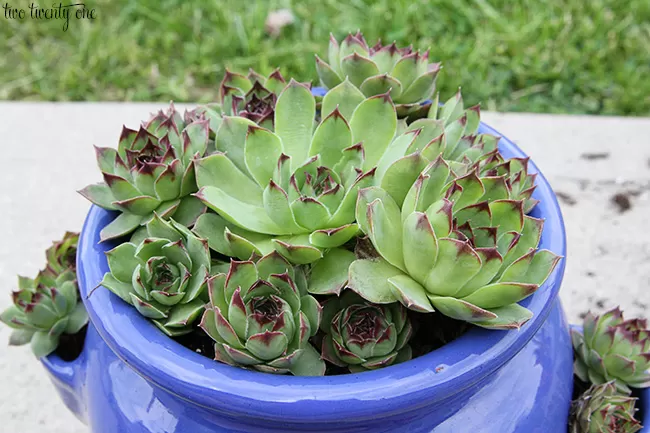 A variety of hen and chicks succulents planted in a blue strawberry pot.
A variety of hen and chicks succulents planted in a blue strawberry pot.
Planting Your Hen and Chicks
Once you’ve chosen the perfect hen and chicks pot, it’s time to plant. Use a well-draining potting mix specifically designed for succulents or cacti. Avoid using regular garden soil, which retains too much water. Gently remove the hen and chicks from their current container, taking care not to damage the roots. Place the plant in the new pot, ensuring the base is level with the soil surface. Fill the remaining space with potting mix, lightly firming it around the base. Water thoroughly after planting, allowing excess water to drain.
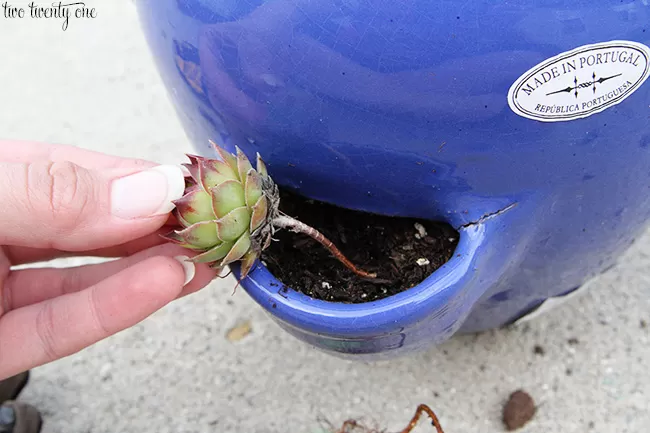 A close-up of hen and chicks succulents being transplanted.
A close-up of hen and chicks succulents being transplanted.
Caring for Hen and Chicks in Pots
Hen and chicks are low-maintenance plants, but they still require some care. Place your hen and chicks pot in a sunny location. They thrive in full sun to partial shade, but full sun brings out their vibrant colors. Water sparingly, allowing the soil to dry out completely between waterings. Overwatering is a common mistake that can lead to root rot. During the growing season (spring to fall), fertilize monthly with a balanced liquid fertilizer diluted to half strength.
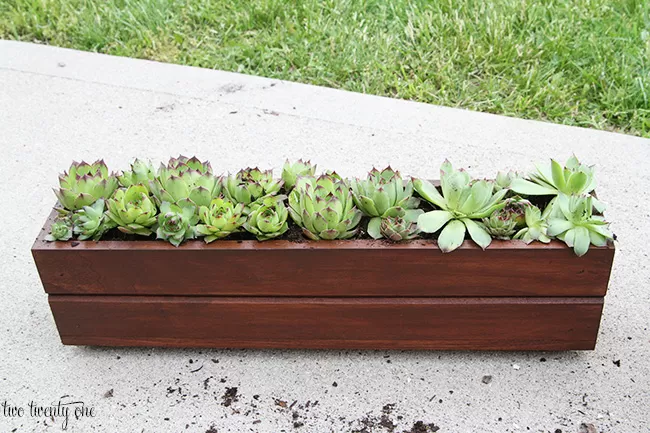 Several hen and chicks succulents thriving in a teak planter box.
Several hen and chicks succulents thriving in a teak planter box.
Hen and Chicks Plant Information:
- Scientific Name: Sempervivum tectorum
- Common Name: Hen and Chicks, Houseleek
- Zones: 4-8
- Light: Full sun to partial shade
- Humidity: Average to low
- Water: Water when soil is dry
Troubleshooting Common Problems
While hen and chicks are generally pest-free, they can occasionally experience problems. Root rot is the most common issue, usually caused by overwatering or poorly draining soil. Ensure your pot has adequate drainage and avoid overwatering. Mealybugs and aphids can also infest these plants. Treat infestations with insecticidal soap or neem oil.
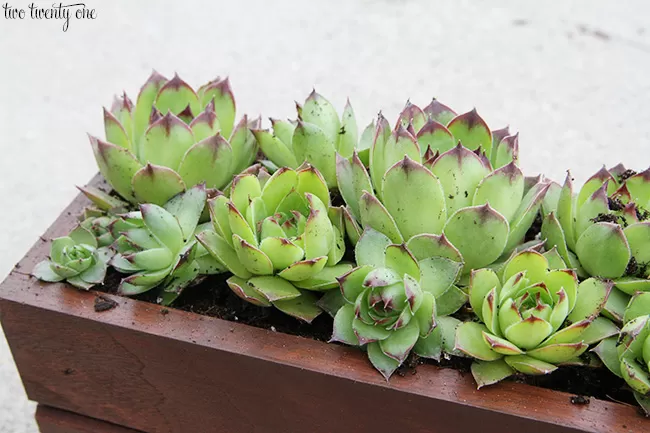 A collection of hen and chicks succulents, showcasing their various colors and textures.
A collection of hen and chicks succulents, showcasing their various colors and textures.
Propagating Hen and Chicks
One of the joys of growing hen and chicks is their ease of propagation. The “hen” produces “chicks” or offsets, which are small, independent plants that grow around the base. Simply detach the chicks from the mother plant and plant them in their own pots or directly into the ground. This is a great way to expand your collection and share these delightful succulents with others.
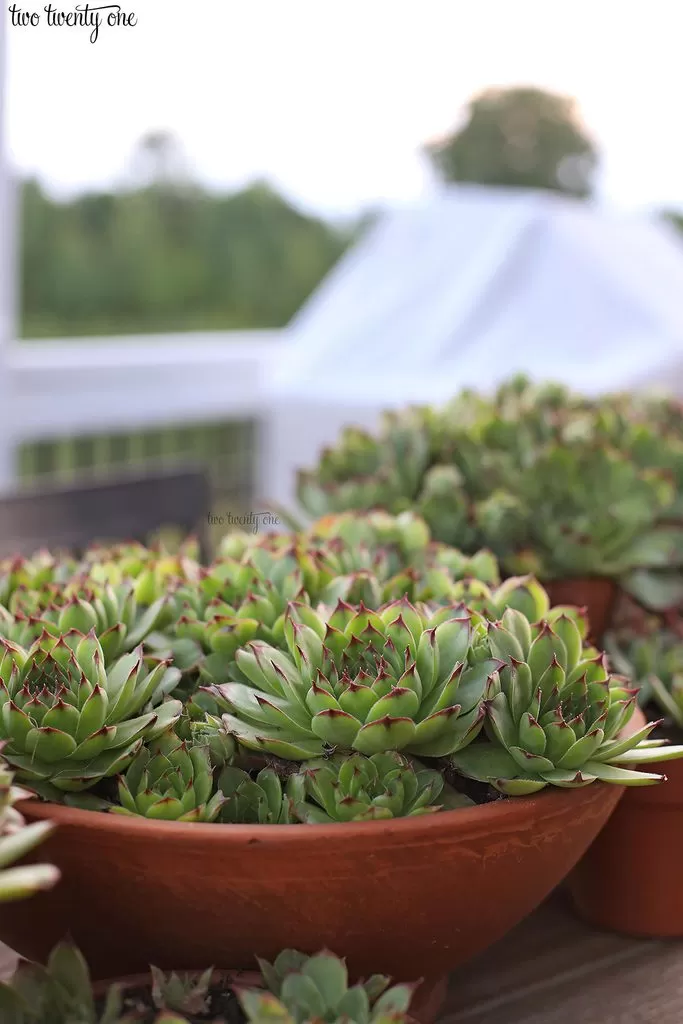 Close-up view of several hen and chicks succulents, showcasing the "chicks" growing around the "hen".
Close-up view of several hen and chicks succulents, showcasing the "chicks" growing around the "hen".
We hope this guide helps you create a thriving hen and chicks garden. Share your experiences and tips in the comments below. We’d love to hear about your successes! Explore more gardening tips and inspiration on our website.
